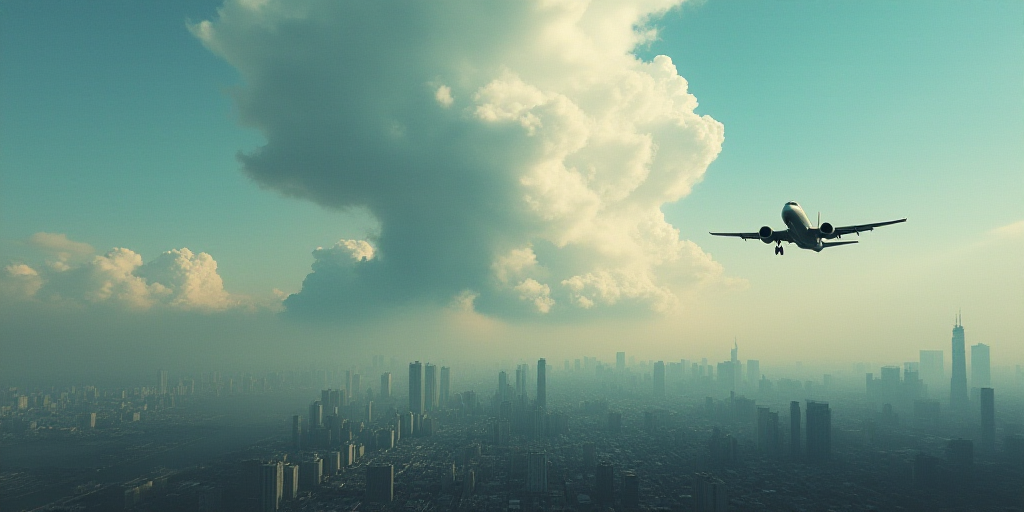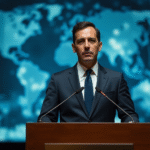Background and Relevance of the Individual Mentioned
The recent surge in oil prices can be attributed to a drone attack carried out by Ukraine on a major Russian port, Primorsk. This port is one of the largest oil and fuel export terminals in Russia, making it a critical component of the country’s energy infrastructure. The attack has temporarily halted crude oil shipments, causing concern over Russia’s oil supply amidst an already tense geopolitical climate.
Impact on Oil Prices
On Friday, oil prices increased due to the heightened worries about Russia’s crude supply following the drone attack. Brent crude futures rose by 0.93% to $66.99 per barrel, while West Texas Intermediate (WTI) gained 0.51% to reach $62.69 per barrel. Mexico’s export blend also saw a 0.56% increase, trading at $61.30 per barrel.
- WTI gained 1.33% during the week.
- Brent crude increased by 2.27%.
- Mexico’s export blend rose by 1.76%.
Stalled Russia-Ukraine Peace Negotiations
On the same day, the Kremlin announced a pause in peace talks between Russia and Ukraine. Although three rounds of direct negotiations have taken place this year, including the most recent one on July 23rd, both parties still hold differing opinions regarding a potential peace agreement. This ongoing disagreement could potentially trigger new Western sanctions against Russia.
Consequences of the Drone Attack
According to a Ukrainian security service official, the drone attack on Primorsk led to the suspension of oil cargo operations during the night. Giovanni Staunovo, an analyst at UBS, stated that such attacks on Russia’s energy infrastructure could hamper the country’s crude oil and refined product exports.
OPEC+ Production Increases
The International Energy Agency (IEA) reported that global oil supply is expected to rise more rapidly than initially anticipated this year due to production increases planned by the OPEC+ group, which includes the Organization of the Petroleum Exporting Countries (OPEC) and allies like Russia.
IEA’s Demand Forecast
Despite the increased supply outlook, the IEA’s own report did not alter its relatively optimistic oil demand growth projections for this year and the next. The agency acknowledged that the global economy continues to exhibit robust growth trends.
Market Supporting Factors
John Evans, an analyst at PVM Oil Associates, noted that despite the risk of declining oil prices, several factors are keeping the market afloat. These include tightness in the distillates market, China’s consistent purchases to replenish inventories, and potential sanctions against Russia along with secondary sanctions on its clients.
Key Questions and Answers
- Q: Who was responsible for the drone attack on Russia’s oil port? The attack was carried out by Ukraine against the Primorsk port, one of Russia’s largest oil and fuel export terminals.
- Q: How did the attack affect oil prices? The temporary halt in crude oil shipments caused concern over Russia’s oil supply, leading to a rise in oil prices.
- Q: What is the current status of Russia-Ukraine peace negotiations? The Kremlin announced a pause in talks, as both parties maintain differing opinions on a potential peace agreement.
- Q: How has the OPEC+ group influenced global oil supply? OPEC+, which includes OPEC and allies like Russia, plans to increase production, leading to a more rapid rise in global oil supply than initially anticipated.
- Q: What factors are supporting the oil market despite potential risks? Tightness in distillates, China’s consistent purchases to replenish inventories, and potential sanctions against Russia and its clients are keeping the market afloat.






